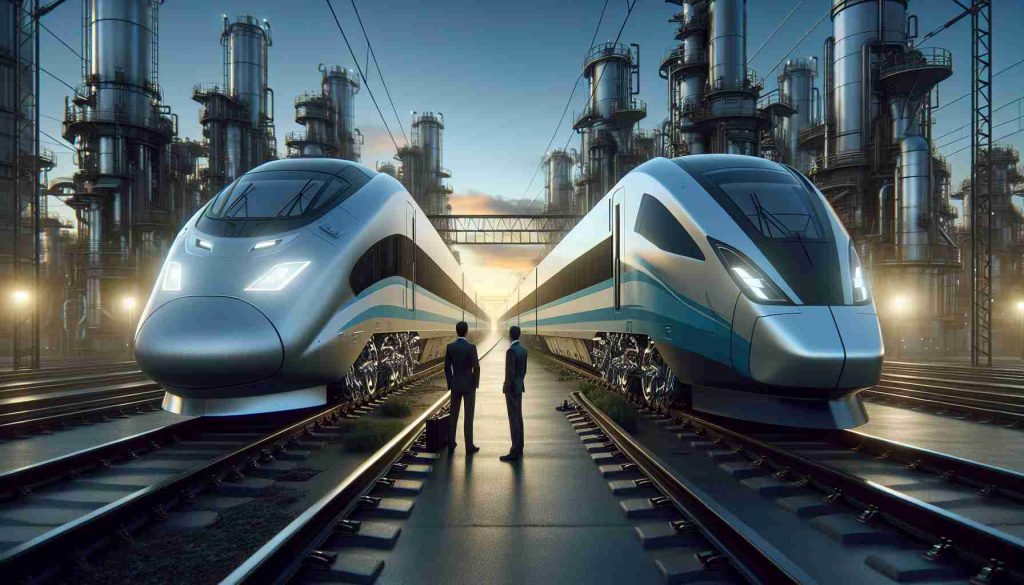Talgo has recently received an intriguing proposal from Skoda Transportation for a potential collaboration that could revolutionize the rail manufacturing industry. Instead of providing a financial offer, Skoda has pitched a strategic “business combination and industrial integration” plan to elevate Talgo’s production capacity to new heights. If successful, this partnership has the potential to not just double, but triple the size of Talgo’s current operations.
The Spanish manufacturer is eager to enhance its production capabilities to meet the surging demand for its products. Skoda emerges as a promising partner, positioning itself as the preferred choice amid concerns over competing offers. The Hungarian consortium Ganz-MaVag’s bid, amidst political tensions with Russia, has raised eyebrows within the Spanish government, making Skoda a more favorable and politically sound option.
While both Hungary and the Czech Republic are integral members of the EU, Skoda’s proposal lacks financial specifics, prompting the need for further clarity and detailed information from the Czech company. As discussions progress, the potential collaboration between Talgo and Skoda paves the way for a new era in rail manufacturing, characterized by innovation, expanded capabilities, and strategic alliances.
Talgo and Skoda Transportation: Exploring the Future of Rail Manufacturing
As Talgo and Skoda Transportation delve into talks for a potential collaboration that could reshape the rail manufacturing landscape, several key questions arise regarding this proposed partnership:
1. What are the potential synergies between Talgo and Skoda Transportation?
Answer: The collaboration between Talgo and Skoda could bring together unique strengths in technology, manufacturing expertise, and market access, creating a powerhouse in the rail industry capable of driving innovation and meeting diverse customer needs.
2. What challenges might Talgo and Skoda face in operational integration?
Answer: Integrating operations, supply chains, and corporate cultures can pose significant challenges, requiring meticulous planning, communication, and coordination to ensure a seamless transition and maximize the benefits of the collaboration.
3. How could the collaboration impact competition in the global rail manufacturing sector?
Answer: A successful partnership between Talgo and Skoda could intensify competition with other major players in the industry, potentially leading to innovations, cost efficiencies, and a broader range of offerings for customers worldwide.
Advantages of the Talgo and Skoda collaboration:
– Enhanced production capacity and capabilities to meet growing demand.
– Access to new technologies, markets, and resources through synergistic efforts.
– Strengthened position in the industry, potentially leading to increased market share and profitability.
Disadvantages of the Talgo and Skoda collaboration:
– Risks associated with operational integration and potential disruptions during the transition phase.
– Regulatory challenges and antitrust considerations that may arise from the consolidation of two major players in the rail manufacturing sector.
– Uncertainties regarding the long-term sustainability and success of the partnership in a rapidly evolving market landscape.
In light of these considerations, the ongoing discussions between Talgo and Skoda represent a pivotal moment with far-reaching implications for the future of rail manufacturing. While the collaboration holds great promise, it also comes with complexities and uncertainties that both companies will need to navigate strategically.
For more insights into the rail manufacturing industry and strategic collaborations, you can visit Railway News.
The source of the article is from the blog elblog.pl










More Stories
Stock Markets Show Mixed Movement as Tech Companies Lead Gains
Introducing the Sleek Infiniti Q60: A Blend of Power and Elegance
Revamping OHLA’s Finance Structure